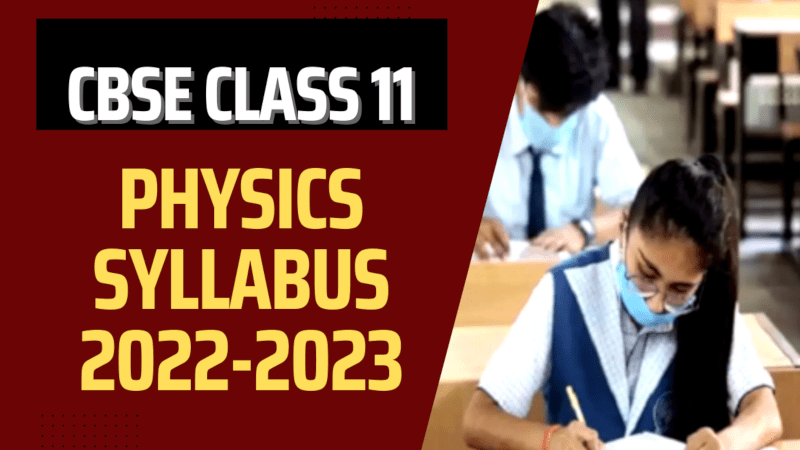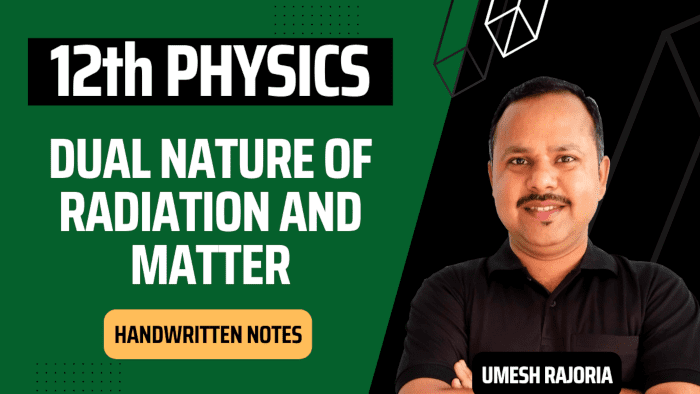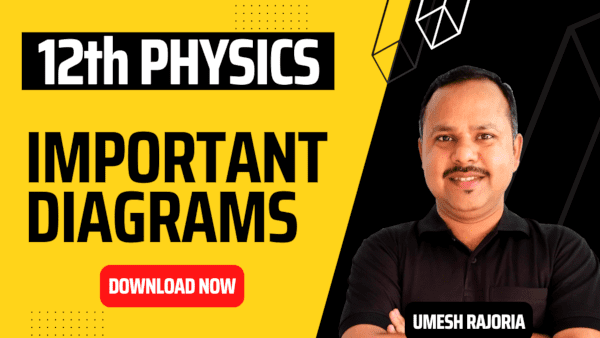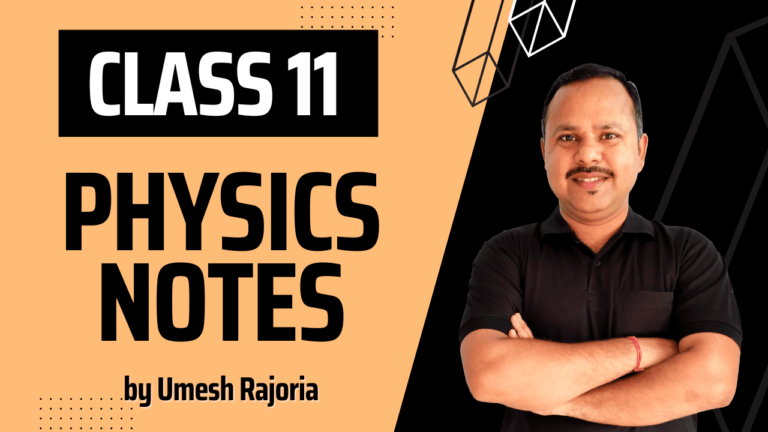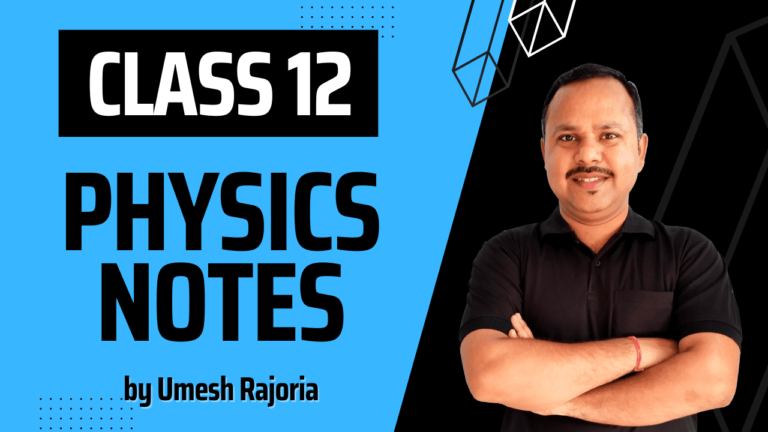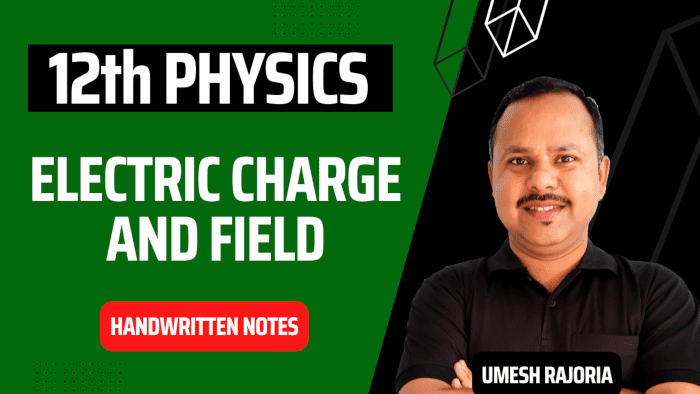Hello students,
In this article, we have included all the units of the class 11 physics syllabus with mark distribution, question paper design, and the practical exam syllabus with mark distribution.
Physics is a very vast subject, and students who are preparing for the competitive exams must go through the syllabus for classes 11th and 12th.
The syllabus will help the students to check the completed portion and set their study timetable.
CBSE Class 11 Physics Syllabus 2022-2023


Students can download the full syllabus in PDF from the following link:


CBSE Class 11 Physics Syllabus 2022-23:
Unit-I: Physical World and Measurement
Chapter 2: Units and Measurements
Need for measurement: Units of measurement; systems of units; SI units, fundamental and derived units. Length, mass and time measurements; accuracy and precision of measuring instruments; errors in measurement; significant figures.
Dimensions of physical quantities, dimensional analysis and its applications.
Unit-II: Kinematics
Chapter 3: Motion in a Straight Line
Elementary concepts of differentiation and integration for describing motion, uniform and non- uniform motion, average speed and instantaneous velocity, uniformly accelerated motion, velocity – time and position-time graphs. Relations for uniformly accelerated motion (graphical treatment).
Chapter 4: Motion in a Plane
Scalar and vector quantities; position and displacement vectors, general vectors and their notations; equality of vectors, multiplication of vectors by a real number; addition and subtraction of vectors, relative velocity, Unit vector; resolution of a vector in a plane, rectangular components, Scalar and Vector product of vectors.
Motion in a plane, cases of uniform velocity and uniform acceleration-projectile motion, uniform circular motion.
Unit-III: Laws of Motion
Chapter 5: Laws of Motion
Intuitive concept of force, Inertia, Newton’s first law of motion; momentum and Newton’s second law of motion; impulse; Newton’s third law of motion (recapitulation only).
Law of conservation of linear momentum and its applications. Equilibrium of concurrent forces, Static and kinetic friction, laws of friction, rolling friction, lubrication.
Dynamics of uniform circular motion: Centripetal force, examples of circular motion (vehicle on a level circular road, vehicle on a banked road).
Unit-IV: Work, Energy and Power
Chapter 6: Work, Energy and Power
Work done by a constant force and a variable force; kinetic energy, work-energy theorem, power.
Notion of potential energy, potential energy of a spring, conservative forces: conservation of mechanical energy (kinetic and potential energies); non-conservative forces: motion in a vertical circle; elastic and inelastic collisions in one and two dimensions.
Unit-V: Motion of System of Particles and Rigid Body
Chapter 7: System of Particles and Rotational Motion
Centre of mass of a two-particle system, momentum conservation and center of mass motion. Centre of mass of a rigid body; center of mass of a uniform rod. Moment of a force, torque, angular momentum, law of conservation of angular momentum and its applications.
Equilibrium of rigid bodies, rigid body rotation and equations of rotational motion, comparison of linear and rotational motions.
Moment of inertia, radius of gyration, values of moments of inertia for simple geometrical objects (no derivation).
Unit-VI: Gravitation
Chapter 8: Gravitation
Universal law of gravitation. Acceleration due to gravity (recapitulation only) and its variation with altitude and depth.
Gravitational potential energy and gravitational potential, escape velocity, orbital velocity of a satellite, Geo-stationary satellites.
Unit-VII: Properties of Bulk Matter
Chapter 9: Mechanical Properties of Solids
Elasticity, Stress-strain relationship, Hooke’s law, Young’s modulus, bulk modulus, shear modulus of rigidity (qualitative idea only), Poisson’s ratio; elastic energy.
Chapter 10: Mechanical Properties of Fluids
Pressure due to a fluid column; Pascal’s law and its applications (hydraulic lift and hydraulic brakes), effect of gravity on fluid pressure.
Viscosity, Stokes’ law, terminal velocity, streamline and turbulent flow, critical velocity, Bernoulli’s theorem and its applications.
Surface energy and surface tension, angle of contact, excess of pressure across a curved surface, application of surface tension ideas to drops, bubbles and capillary rise.
Chapter 11: Thermal Properties of Matter
Heat, temperature,( recapitulation only) thermal expansion; thermal expansion of solids, liquids and gases, anomalous expansion of water; specific heat capacity; Cp, Cv – calorimetry; change of state – latent heat capacity.
Heat transfer-conduction, convection and radiation (recapitulation only), thermal conductivity, qualitative ideas of Blackbody radiation, Wein’s displacement Law, Stefan’s law.
Unit-VIII: Thermodynamics
Chapter 12: Thermodynamics
Thermal equilibrium and definition of temperature (zeroth law of thermodynamics), heat, work and internal energy. First law of thermodynamics, Second law of thermodynamics: gaseous state of matter, change of condition of gaseous state -isothermal, adiabatic, reversible, irreversible, and cyclic processes.
Unit-IX: Behaviour of Perfect Gases and Kinetic Theory of Gases
Chapter 13: Kinetic Theory
Equation of state of a perfect gas, work done in compressing a gas.
Kinetic theory of gases – assumptions, concept of pressure. Kinetic interpretation of temperature; rms speed of gas molecules; degrees of freedom, law of equi-partition of energy (statement only) and application to specific heat capacities of gases; concept of mean free path, Avogadro’s number.
Unit-X: Oscillations and Waves
Chapter 14: Oscillations
Periodic motion – time period, frequency, displacement as a function of time, periodic functions and their application.
Simple harmonic motion (S.H.M) and its equations of motion; phase; oscillations of a loaded spring- restoring force and force constant; energy in S.H.M. Kinetic and potential energies; simple pendulum derivation of expression for its time period.
Chapter 15: Waves
Wave motion: Transverse and longitudinal waves, speed of travelling wave, displacement relation for a progressive wave, principle of superposition of waves, reflection of waves, standing waves in strings and organ pipes, fundamental mode and harmonics, Beats.
Students can also access the syllabus for other subjects by visiting CBSE Class 11 Syllabus page.
CBSE Syllabus for Class 11 Physics Practical 2022-23
Below are the list of the experiments of Physics practicals.
CBSE Class 11 Physics Practical Syllabus


Section – A
CBSE 11 Physics Syllabus Experiments
1. To measure the diameter of a small spherical/cylindrical body and to measure internal diameter and depth of a given beaker/calorimeter using Vernier Callipers and hence find its volume.
2. To measure the diameter of a given wire and thickness of a given sheet using screw gauge.
3. To determine the volume of an irregular lamina using the screw gauge.
4. To determine the radius of curvature of a given spherical surface by a spherometer.
5. To determine the mass of two different objects using a beam balance.
6. To find the weight of a given body using parallelogram law of vectors.
7. Using a simple pendulum, plot its L-T2 graph and use it to find the effective length of second’s pendulum.
8. To study variation of time period of a simple pendulum of a given length by taking bobs of same size but different masses and interpret the result.
9. To study the relationship between force of limiting friction and normal reaction and to find the co- efficient of friction between a block and a horizontal surface.
10. To find the downward force, along an inclined plane, acting on a roller due to gravitational pull of the earth and study its relationship with the angle of inclination θ by plotting graph between force and sin θ.
CBSE 11 Physics Syllabus Activities
1. To make a paper scale of given least count, e.g., 0.2cm, 0.5 cm.
2. To determine mass of a given body using a metre scale by principle of moments.
3. To plot a graph for a given set of data, with proper choice of scales and error bars.
4. To measure the force of limiting friction for rolling of a roller on a horizontal plane.
5. To study the variation in range of a projectile with angle of projection.
6. To study the conservation of energy of a ball rolling down on an inclined plane (using a double inclined plane).
7. To study dissipation of energy of a simple pendulum by plotting a graph between square of amplitude and time.
Section – B
CBSE 11 Physics Syllabus Experiments
1. To determine Young’s modulus of elasticity of the material of a given wire.
2. To find the force constant of a helical spring by plotting a graph between load and extension.
3. To study the variation in volume with pressure for a sample of air at constant temperature by plotting graphs between P and V, and between P and 1/V.
4. To determine the surface tension of water by capillary rise method.
5. To determine the coefficient of viscosity of a given viscous liquid by measuring terminal velocity of a given spherical body.
6. To study the relationship between the temperature of a hot body and time by plotting a cooling curve.
7. To determine specific heat capacity of a given solid by method of mixtures.
8. To study the relation between frequency and length of a given wire under constant tension using sonometer.
9. To study the relation between the length of a given wire and tension for constant frequency using sonometer.
10. To find the speed of sound in air at room temperature using a resonance tube by two resonance positions.
CBSE 11 Physics Syllabus Activities
1. To observe change of state and plot a cooling curve for molten wax.
2. To observe and explain the effect of heating on a bi-metallic strip.
3. To note the change in level of liquid in a container on heating and interpret the observations.
4. To study the effect of detergent on surface tension of water by observing capillary rise.
5. To study the factors affecting the rate of loss of heat of a liquid.
6. To study the effect of load on depression of a suitably clamped meter scale loaded at (i) its end (ii) in the middle.
7. To observe the decrease in pressure with increase in velocity of a fluid.
Practical Examination for Visually Impaired Students Class 11
A. Items for Identification/Familiarity of the apparatus for assessment in practicals (All experiments).
Spherical ball, Cylindrical objects, vernier calipers, beaker, calorimeter, Screw gauge, wire, Beam balance, spring balance, weight box, gram and milligram weights, forcep, Parallelogram law of vectors apparatus, pulleys and pans used in the same ‘weights’ used, Bob and string used in a simple pendulum, meter scale, split cork, suspension arrangement, stop clock/stop watch, Helical spring, suspension arrangement used, weights, arrangement used for measuring extension, Sonometer, Wedges, pan and pulley used in it, ‘weights’ Tuning Fork, Meter scale, Beam balance, Weight box, gram and milligram weights, forceps, Resonance Tube, Tuning Fork, Meter scale, Flask/Beaker used for adding water.
B. List of Practicals
1. To measure diameter of a small spherical/cylindrical body using vernier calipers.
2. To measure the internal diameter and depth of a given beaker/calorimeter using vernier calipers and hence find its volume.
3. To measure diameter of given wire using screw gauge.
4. To measure thickness of a given sheet using screw gauge.
5. To determine the mass of a given object using a beam balance.
6. To find the weight of given body using the parallelogram law of vectors.
7. Using a simple pendulum plot L-T and L-T2 graphs. Hence find the effective length of second’s pendulum using appropriate length values.
8. To find the force constant of given helical spring by plotting a graph between load and extension.
9. (i) To study the relation between frequency and length of a given wire under constant tension using a sonometer.
(ii) To study the relation between the length of a given wire and tension, for constant frequency, using a sonometer.
10. To find the speed of sound in air, at room temperature, using a resonance tube, by observing the two resonance positions.
Note: The above practicals of CBSE 11 Physics Syllabus may be carried out in an experiential manner rather than recording observations.
For interesting Videos of Physics follow our YouTube Channel “PHYSICS WITH UMESH RAJORIA“
Hello Students,
Physics is the most crucial subject for all the students of class 11th, 12th and also for the students who are preparing for NEET or JEE. Physics is very important to understand many higher level concepts, which are derived from the concepts that we learn in class 11th and 12th.
So better understanding of all the concepts in physics is very necessary, not only to get good marks in physics exam but also to learn physics more effectively.
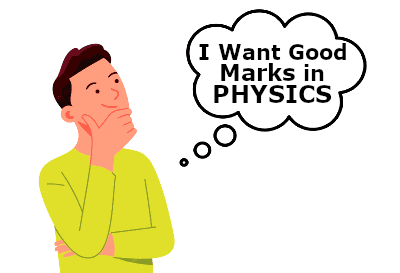

Myself Umesh Rajoria and I am a Physics teacher. I have 15 years teaching experience of physics.
You will be happy to know that i have prepared class 11 physics notes according to the latest NCERT syllabus for CBSE and other state board students.
👉These class 11 Physics notes help the students to understand the concept of Physics easily and retain the formulas and derivations for a longer time.
👉All the diagrams, formulas, derivations and solved numerical are included in these Physics Notes . These notes will be very useful during the preparation of 11th board exams and save most of the time of the students.
Get Physics Chemistry & Biology Notes
- 50000+ Students have Ordered so far !
- ⭐⭐⭐⭐⭐ 9.7/10 Average Rating
- Unlimited Access
Grab Everything Now At lowest Price
Just Pay ₹ 99/-
Benefits of Getting Notes e-Books
- Notes covers complete syllabus of Physics Chemistry & Biology for class 10, 11, 12 and NEET/JEE.
- Written in clean and readable handwriting.
- Revised every year with updated syllabus and exam pattern.
- It can save your time and cost which you spend for individual subject coaching.
- Notes are also beneficial at the time of revision.
- Notes are properly indexed with page numbers.
- Special Focus on the topics which carry more weight in exams.


